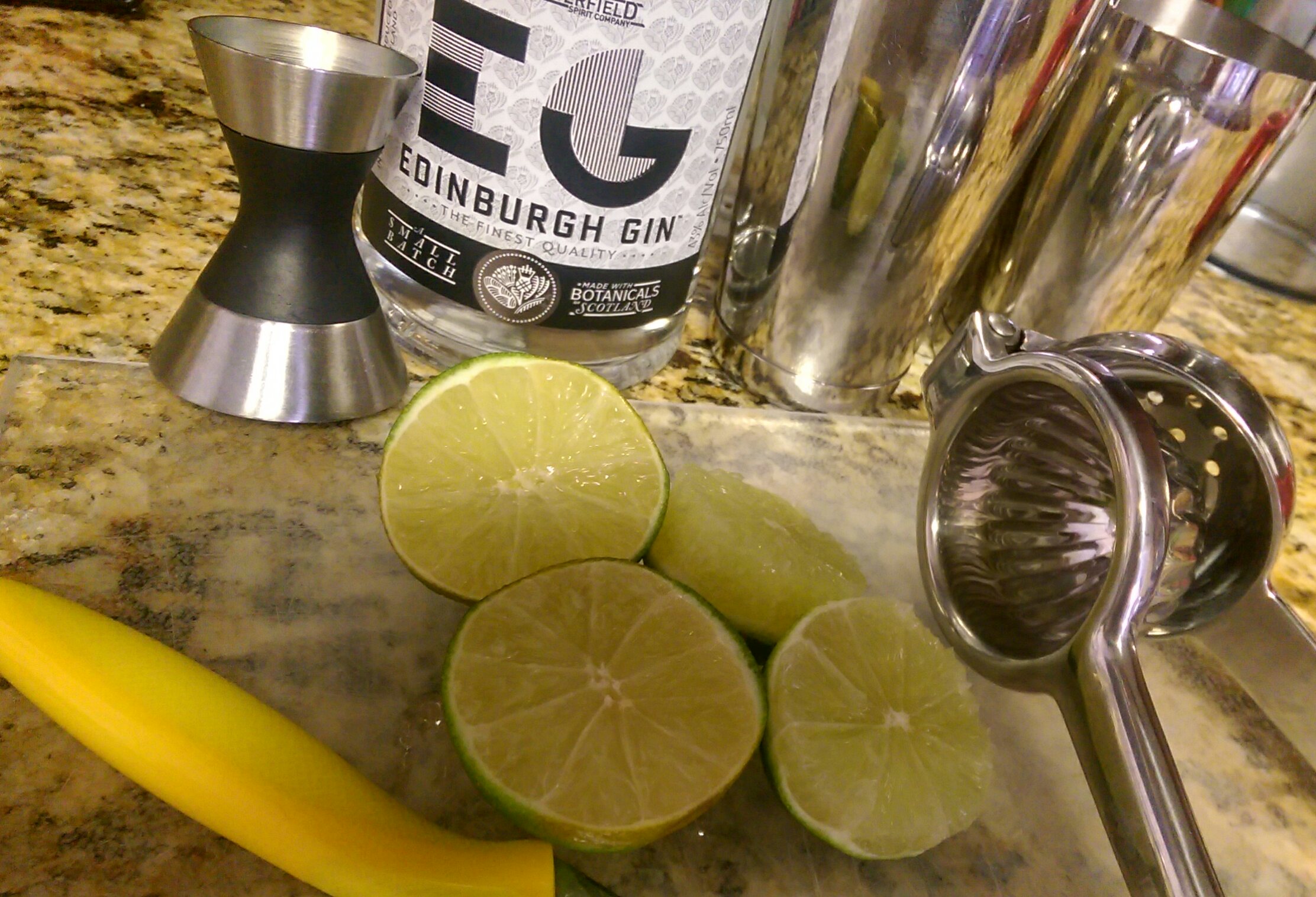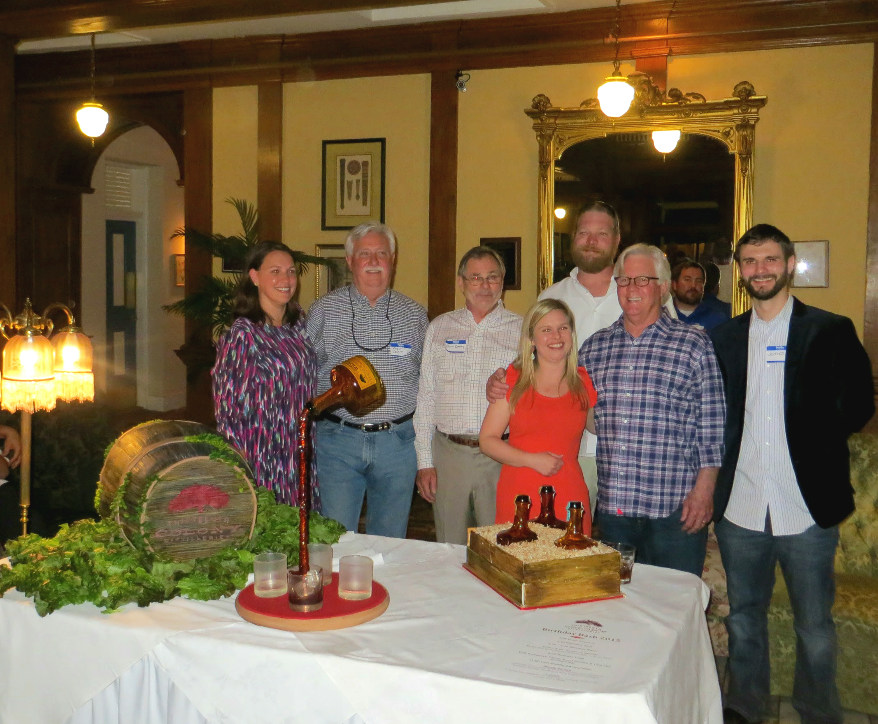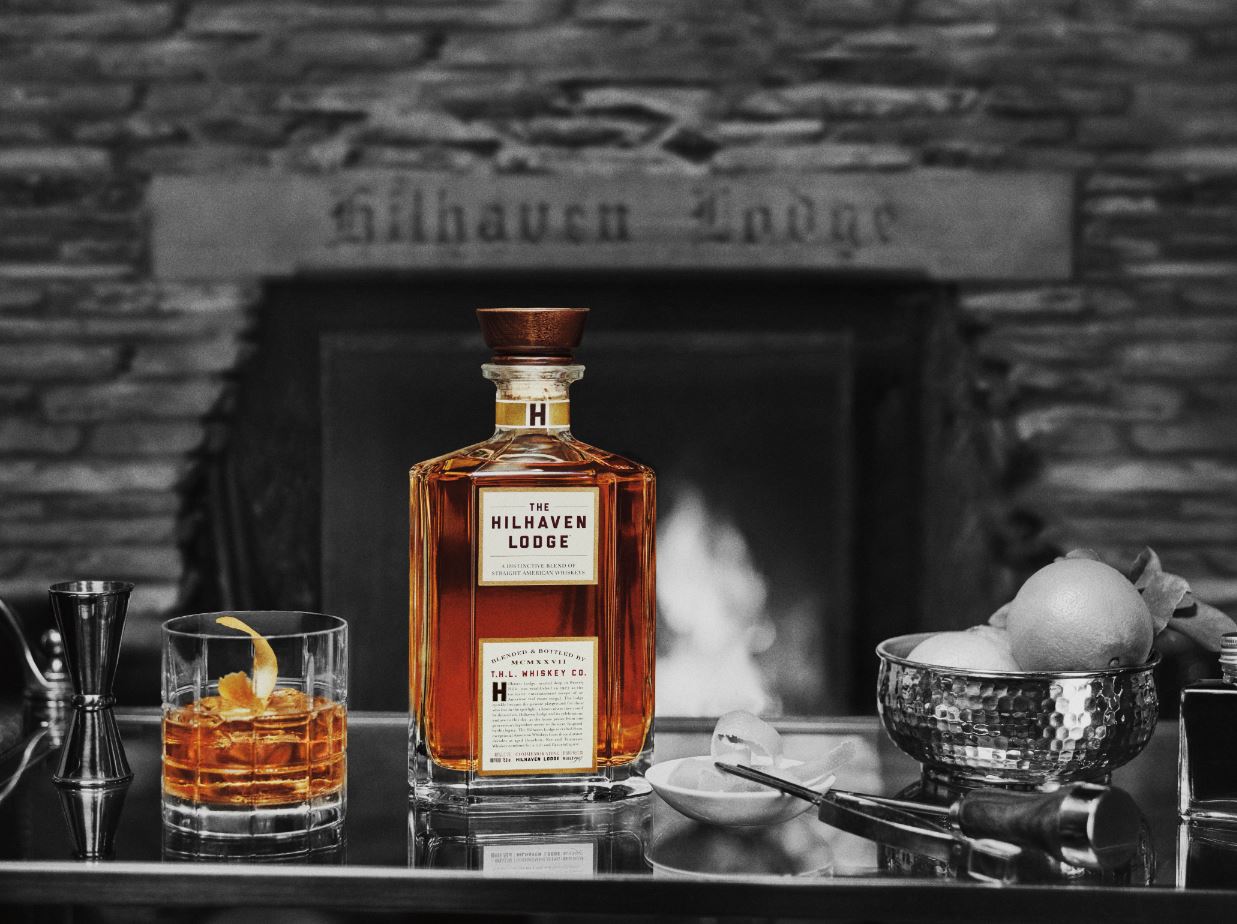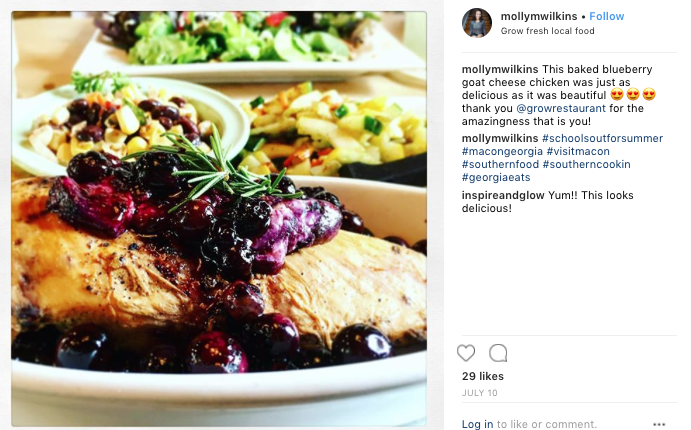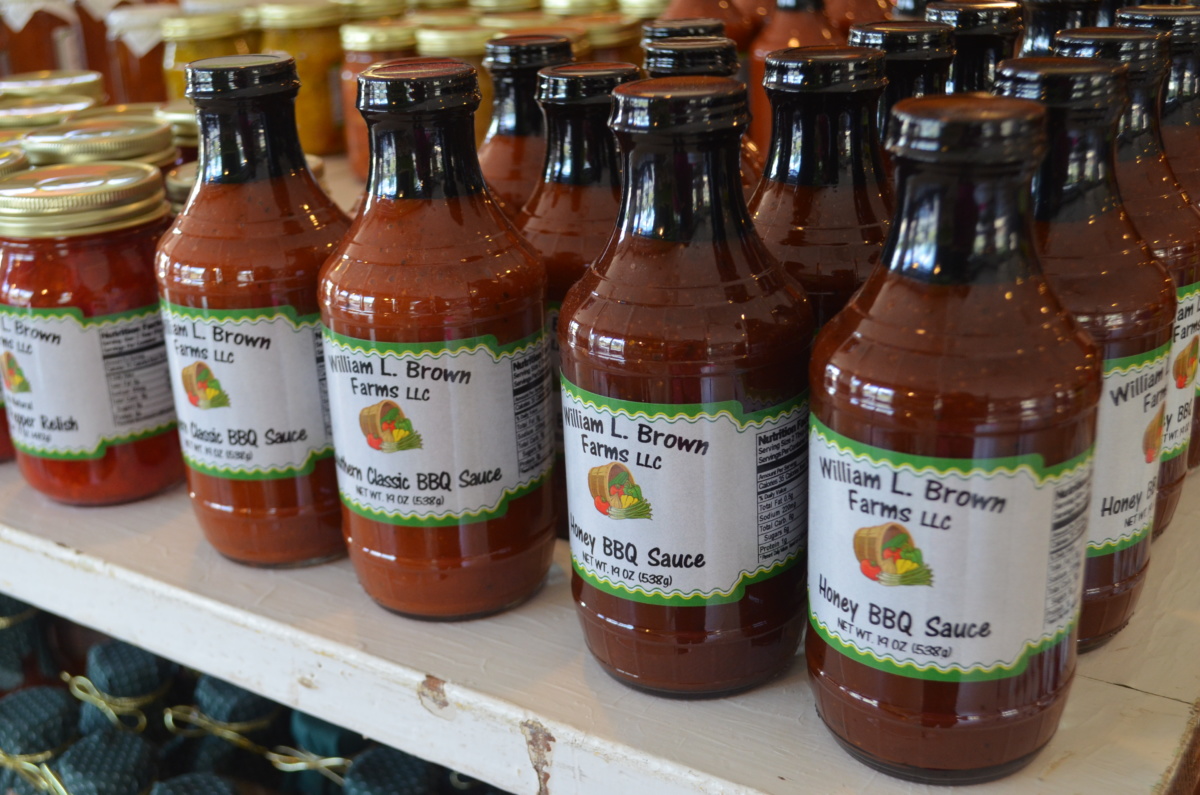TIBT: The Lavender Gimlet
I’ve never been a fan of gin. From the time I first started learning about different spirits and their flavor profiles, I never imagined a spirit infused with juniper would be remotely enjoyable. Who wants to drink something that tastes like a pine tree? It is highly likely it was all in my head, as I never really gave it much of a chance, but nevertheless, I’ve always shunned it as a lesser spirit (along with vodka) than its fellow corn, sugar cane, or barley based brethren.
Then there was American Dry Gin. My first enjoyable encounter with gin occurred when I was introduced to a bottle labeled No. 209, a San Francisco distilled spirit with a citrus and floral forward profile with a warming spice and peppery finish. I was amazed by the clean, crisp flavor (in no way resembling a pine tree), and by the spirit’s tendency to blend virtually seamlessly with any recipe in which I tried it.
… and then there was Bluecoat. I was always told not to judge a book by its cover, but this particularly orange, grapefruit and earth-heavy spirit happens to be packaged in a dazzling deep blue bottle I would keep on my shelves even if it were empty. The price doesn’t hurt my feelings either, and I’m always pleasantly surprised when a lower-cost spirit captivates my palate as much as this one. This gin will always remain one of my favorites.
Needless to say, once I ventured outside of the theoretical box of my own presumptions (and textbook knowledge of the old London Dry style), I found a beautiful, bright, ever adaptable and refreshing spirit that now claims second place on my list of favorite bases for a well crafted cocktail.
But the American Dry style was only the beginning. Shortly after discovering Bluecoat (and the fact I could drink gin neat and thoroughly enjoy it), I was introduced to another equally as beautiful bottle called The Botanist. At the time, I believed it to be of the same style as Bluecoat, as the flavor profile struck me as similar, but upon further research, I discovered the masterminds behind this gem to reside in a location that already has a well-established, prominent place in the cocktail kingdom: Scotland.
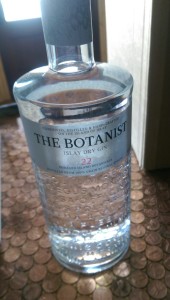
Known primarily for the peaty flavor the location and distillation process impart into its whiskey, the Islay region of Scotland now stakes another claim to fame in the cocktail universe. The Botanist (Islay’s only dry gin) is comprised of 22 botanicals (the scientific names of which are all included in raised letters around the outside of the bottle) and its flavor boasts of them all. With hints of mint, honey, citrus and (what tastes to me like) fields of wildflowers, this gin is anything but peaty. Cool, refreshing, and bright with just the slightest warm bite on the finish – this spirit performs symphonies for my taste buds, and leaves my palate pleading for more.
Due mainly to the fact I have not yet located this delightful bottle at a liquor store here in Columbus, I have found a wonderfully refreshing substitute, still Scottish in origin, to fill The Botanist’s shoes for this recipe. While this recipe is truly a classic, I have taken it upon myself to add a twist I find extremely complimentary to its base spirit.
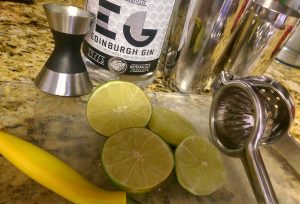
The Lavender Gimlet
What You’ll Need:
2 oz gin (I used Edinburgh)
¾ oz fresh squeezed lime juice
½ oz lavender simple syrup
Directions:
Combine ingredients in the smaller half of a Boston shaker tin and add ice to the rim. Seal with the other half of the shaker and give the mixture a solid shake (until both halves are noticeably cold). Break open the two halves and double strain (if you have a fine mesh strainer, otherwise a simple Hawthorne will suffice) into a martini glass. Garnish with a lime twist or wheel and sip slowly.
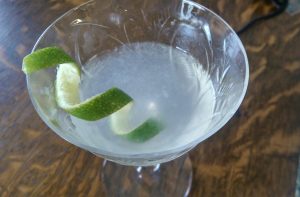
Easy peasy, right? Well, maybe I should share the lavender syrup recipe too. Turns out, I kind of cheat on this one. Although I have used fresh lavender flowers to make a similar syrup in the past, fresh lavender flowers are extremely hard to come by, and even if you can find them, chances are you probably don’t want to drop the kind of cash necessary for a bunch of flowers (if however, you fancy yourself to have a green thumb, please feel free to share your secret with me and teach me how to grow lavender from seed).
Although you can use the dried lavender flowers that are readily available at most grocery or specialty organic stores, I find the flavor and color of syrup prepared with these to be somewhat less than satisfactory. Fresh flowers lend a beautiful, pale pinkish-purple hue, and provide a bright, warm aromatic and flavor experience to the syrup, while the dried ones tend to result in a brownish color with a much tighter, duller and overall less complex flavor. To remedy this predicament, I experimented with essential oil.
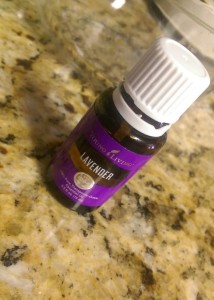
Disclaimer: please understand that not all essential oil is created equal. You can’t just go to a health food store and buy a random bottle of lavender essential oil and assume that it is safe for ingesting. I mean, I suppose you CAN, but there’s no guaranteeing what will come as a result. For this syrup (and all my other essential oil experiments), I use an oil created by a company that oversees the entire life cycle and distillation process of all of their oils: Young Living. Not only do they oversee the process, but they are also responsible for it. This company owns every field in which every plant, flower, root, or otherwise is grown, harvested and turned into the oil that I pour from their bottles. They employ the people who tend to their plants, label their bottles, and answer their customer service calls. All that to say, if you’re going to use an essential oil for a product that you plan on eating or drinking, make sure it is theirs (and make sure that the bottle specifies the oil is intended as a dietary supplement).
That aside, here’s how I made the simple syrup.
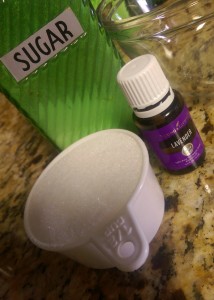
What You’ll Need
½ cup granulated white sugar
½ cup boiling water
2 drops Young Living Lavender essential oil
Directions:
Mix the oil with the sugar and cover in an airtight container for a few hours. Uncover, add the boiling water, and whisk until all the sugar is dissolved. Store in an airtight container in the refrigerator for up to three weeks (assuming you haven’t used it all by then!).
Now that you know, you best get to mixing. This drink won’t let you down, and I find the syrup blends beautifully with many of my gin creations. I won’t even tease you with how indescribably exquisite it makes the Ramos Gin Fizz …
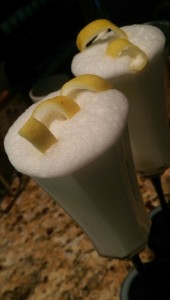
Or, maybe I just did. 
Cheers!

